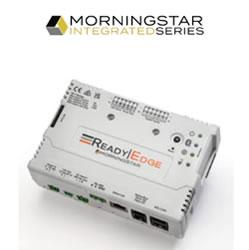Record Month for Renewable Energy in the US
The Future of Electric Vehicles = Batteries
Orange County Choppers Builds an EV
US, Canada, Mexico get together on climate change
Tesla Turns Green into Profit
Nissan Rolls Out Electric Car
Venture Capital Gets Back In The Cleantech Game
China to subsidize 50% cost of Solar Projects
Utility-scale, Zero-emissions Hydrogen Power Plant
Malaga = Smart City
CONTROL4 SECURES $17.3 MILLION TO FUND SMARTGRID PRODUCT INITIATIVES
Alt Energy = $$$ in Rural China
UK could control 45% of global offshore wind market
US JOINS INTERNATIONAL RENEWABLE ENERGY AGENCY
ENERGY EFFICIENCY: THE HIDDEN, COST-SAVING, WIN-WIN STRATEGY IN HOUSE-PASSED ENERGY/CLIMATE BILL
Records 2146 to 2160 of 2276
First | Previous | Next | Last
Featured Product

